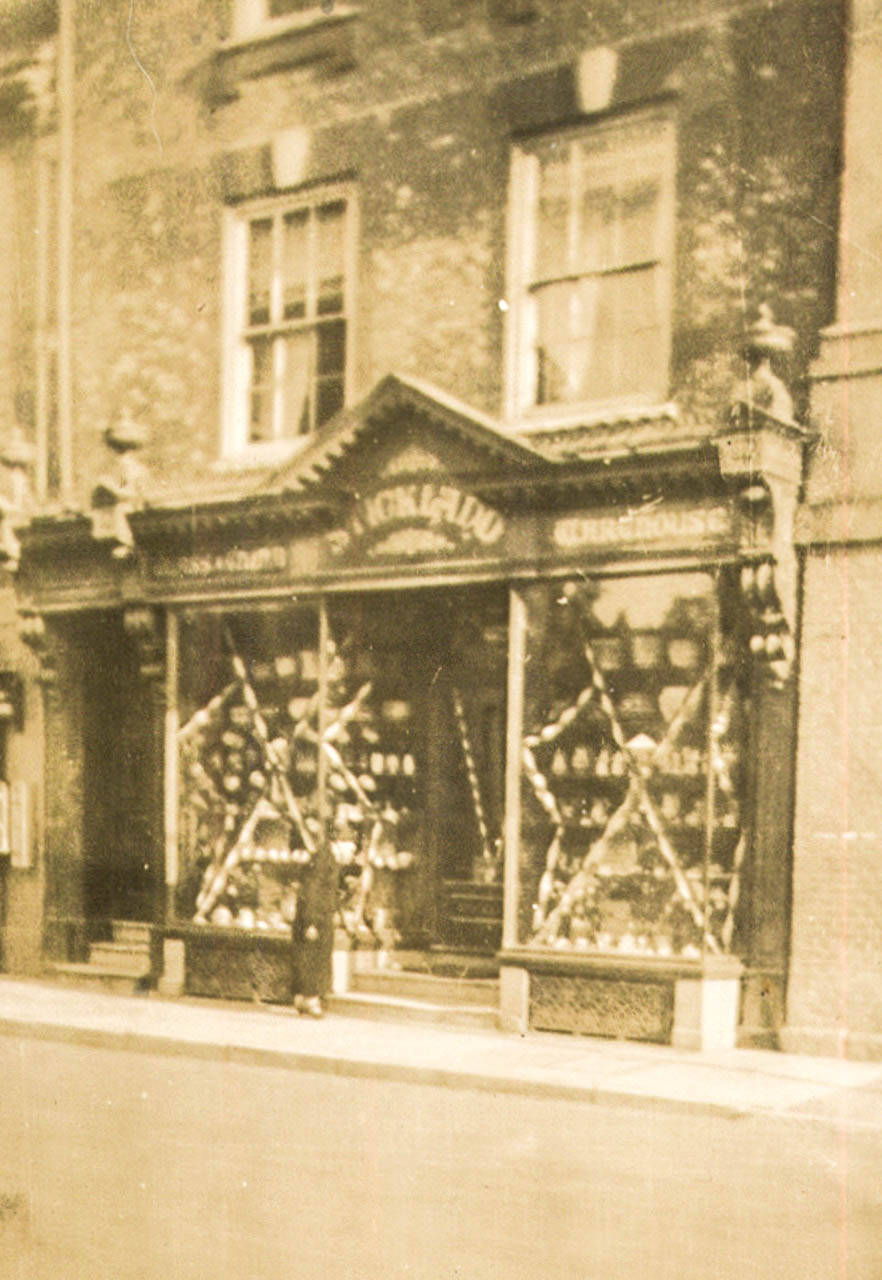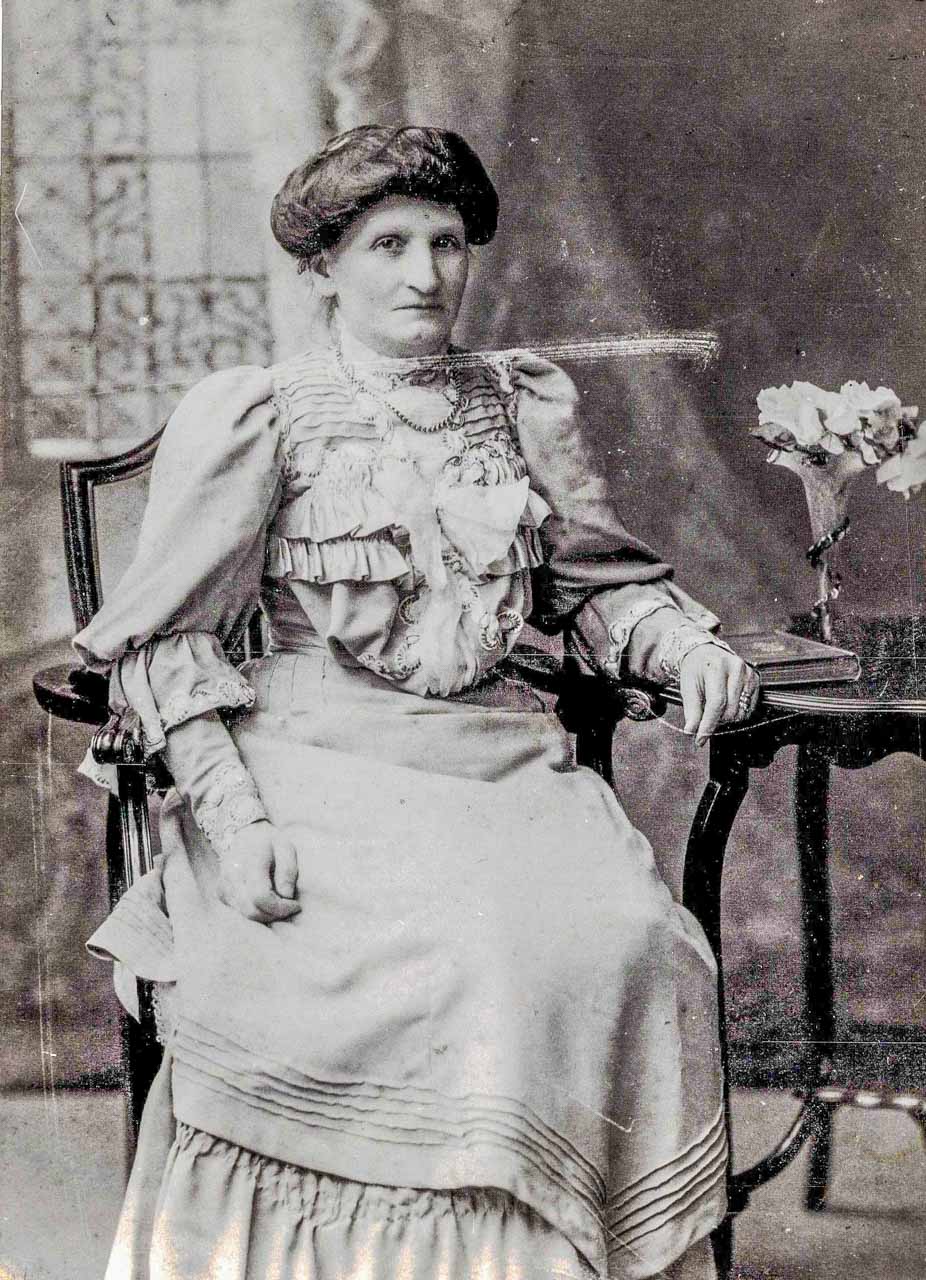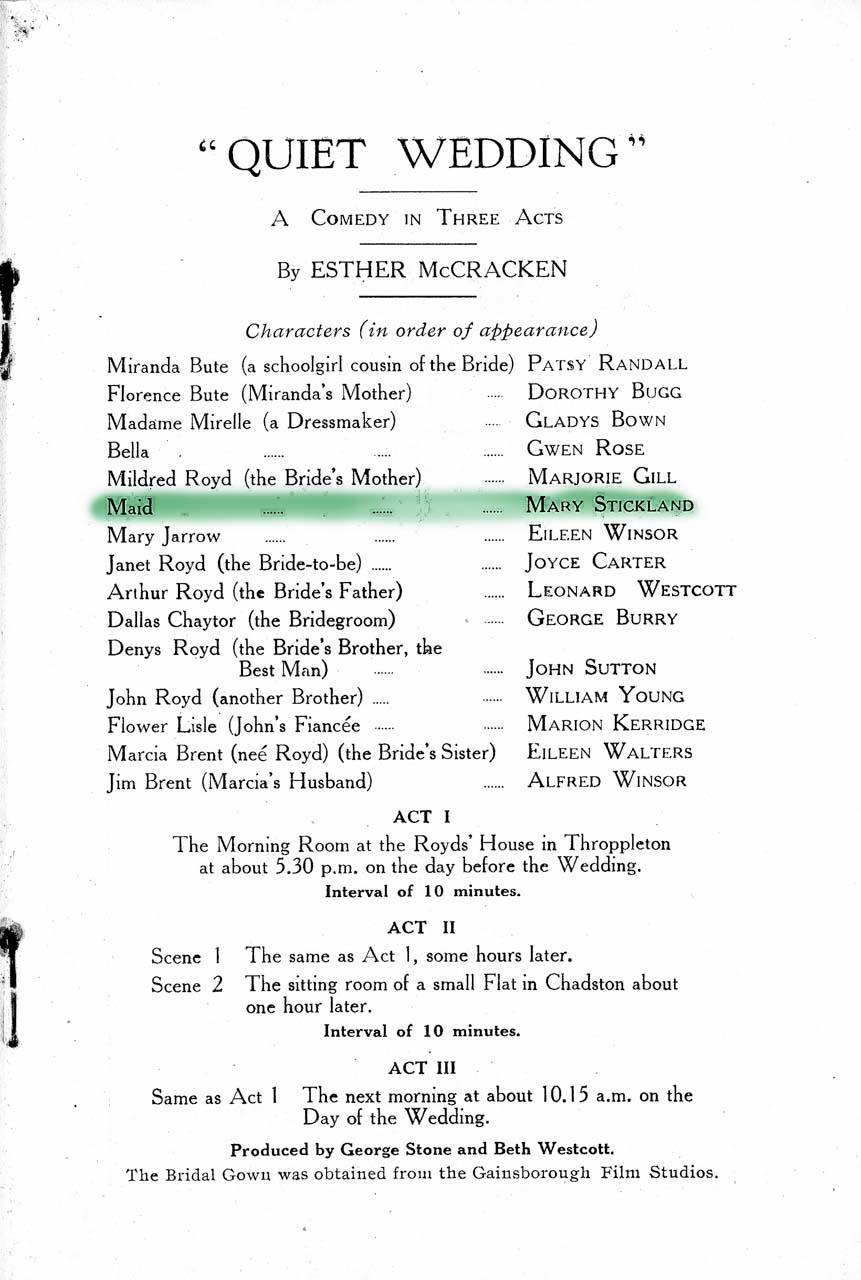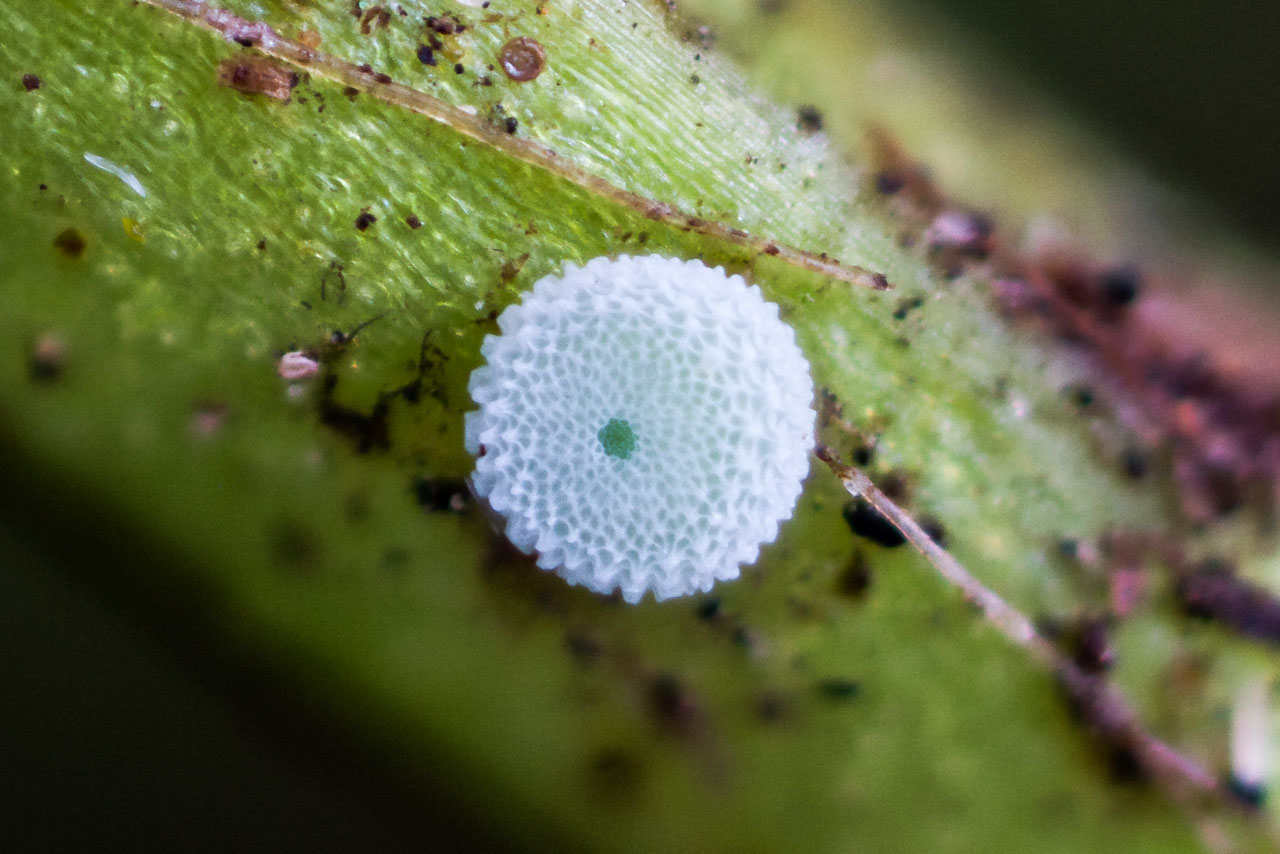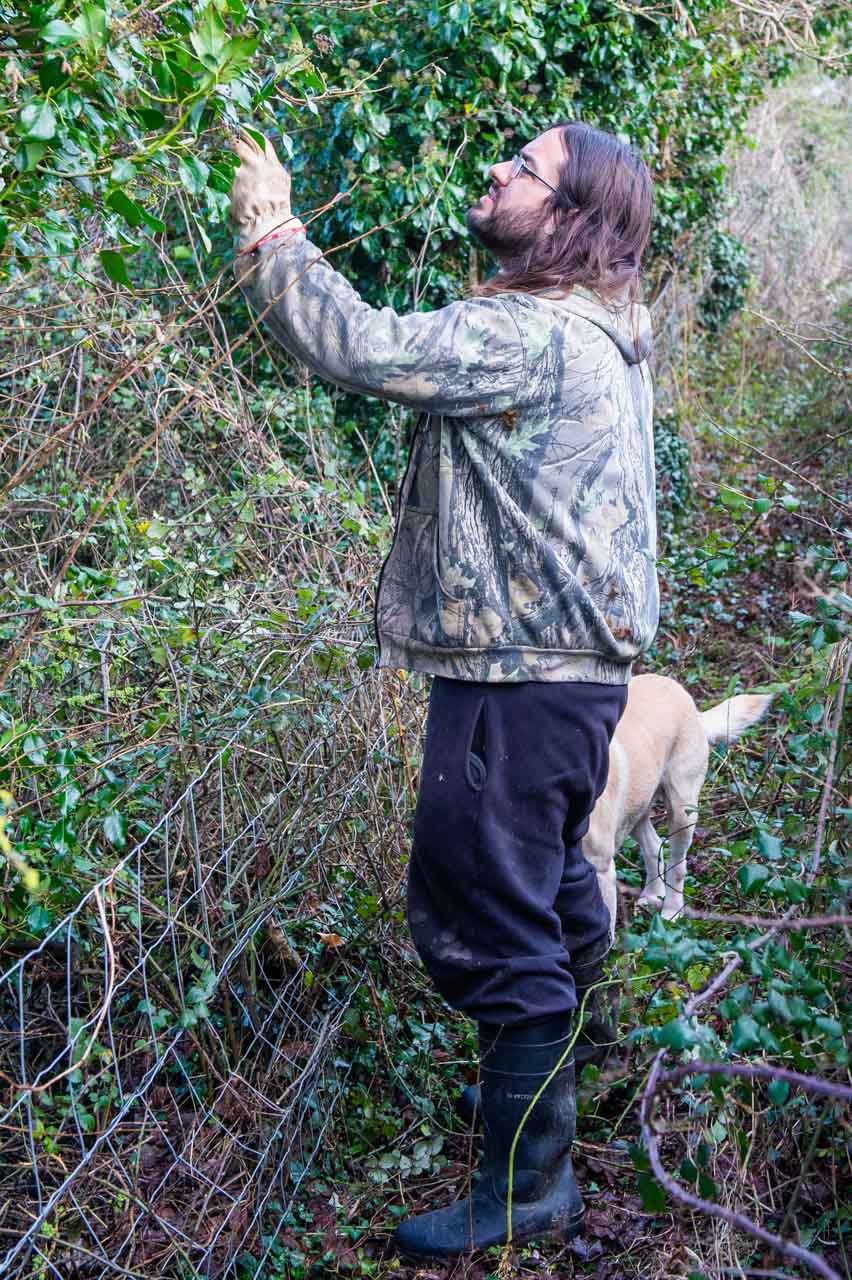The Farm
During all their married life, John and Mary Cake had been farming in Dorset. But in 1957 they decided to purchase their own farm and, whilst looking around the county, they heard of Wallis Farm being on the market and so, partly due to Mary’s deep love of nature, John and Mary decided that this was the farm for them. Shortly afterwards they, plus their two sons Martin and Robin, moved to Cattistock and as Mary was then pregnant with Rupert it can be said that Rupert first arrived at Wallis Farm just over 61 years ago.
The Cake family has always been in farming, has always been centred around Dorset and up until John and Mary purchasing Wallis Farm the family’s farms had always been tenant farms.
Mary, whose maiden name was Stickland, died in 2018 and her ashes were scattered above where she lived, along the hedge that is known as the Camel trail. Her family was originally from the Gasser family, who in the 17th century were forced out of Germany as part of a religious progrom at the time. Mary’s family line changed from Gasser to Young and then to Stickland, before she married John to take the Cake family name. Up until WW1 the Stickland family had built up a well-respected building trade, but at the end of the war many of the workers who had volunteered for active service never returned. This loss hit the family’s business very hard, from which it never fully recovered.
In her free time Mary loved Amateur Dramatics and as a young lady she earned some extra income by becoming a clothes model in Dorchester. She also enjoyed an active social life, as a result of which she joined the local Young Farmers’ Club, where ultimately she met John.
John and Mary started business as a dairy farm with a herd of Guernsey cows, until the milk factory in Maiden Newton closed down, meaning milk churns being collected at the end of the drive were replaced by milk trucks collecting the milk from the bulk tanks situated on every local farm. But with little support coming from the Milk Marketing Board a small farm could not afford the expense of bulk tanks. The way forward for Wallis Farm was to move to fattening calves and small breed sheep such as Jacob sheep, but the market had moved on and the farm only provided a subsistence level of income, meaning the future was very challenging.
The change of fortune for Wallis Farm came as a result of a chance conversation at the then Cattistock Camera Club’s guest evening. During a break the guest speaker became very interested in a comment by Rupert, that a large colony of Adonis Blue butterflies existed at Wallis Farm.
Rupert
From that conversation during the Cattistock Camera Club meeting, over twenty years ago, the colony of Adonis Blue butterflies turned out to be one of the largest colonies in Wessex. Rupert followed this up by reading a NFU article, which stated that reserves with south facing fields in Dorset were wanted for conservation development. All this was the beginning of Environmental farming and Rupert started to become aware of the grants available to the right sort of farm and the Cake family increasingly realised that the wildlife of Wallis Farm was a significant asset.
As a result, for the twenty years since that fated beginning, the Cake family at Wallis Farm has been managing a Nature Reserve on the edge of Cattistock. Today the reserve consists of 100 acres of natural, unfertilized, grassland that is grazed by approximately 200 Wiltshire Horn sheep. These sheep are ideal for the Wallis Farm fields, being a very old and hardy English breed with a short waterproof hair coat that does not need shearing. They are not sold commercially but are on the farm solely to support the correct natural environment for the breeding cycle of birds, animals and insects.
The level of annual breeding is finely tuned to ensure the fields are not under grazed or over grazed. The sheep generally live for approximately 12 years and are kept until they start struggling and their quality of life is suffering.
Rupert tours the whole farm at least once a day and over the year he can see a wide range of wildlife:
Butterflies include: Small copper, Small heath, Common blue, Speckled wood, Meadow brown, Small white, Small heath, Gatekeeper, Common blue, Adonis Blue, Brown Argus, Painted lady and Small copper, plus Red Admiral, Small Tortoishell, Marbled White, Brimstone and Orange Tip. In the past the BBC have visited Wallis Farm to film the butterflies.
In addition to the butterflies the other wildlife that has, over the years, been seen on the farm include the following:
Badgers, Brown Long-Eared Bats, Foxes, Hedgehogs, Moles, Rabbits, Pipistrelle Bats, Roe Deer, Serotine Bats, Shrews and Weasels.
Blue tits, Blackbirds, Bullfinches, Buzzards, Carrion Crows, Chaffinches, Coal tits, Collared doves, Cuckoos, Dunnocks, Goldfinches, Great spotted woodpeckers, Great tits, Greenfinches, Green woodpeckers, Hawfinches, Herring gulls, House Martins, House sparrows, Jackdaws, Kestrel, Lesser black-backed gulls, Linnets, Little owls, Long-tailed tits, Magpies, Merlins, Peregrines, Pied wagtails, Ravens, Red Kites, Robin, Rooks, Skylarks, Spotted flycatcher, Starlings, Swallows, Swifts, Tawny owls, Treecreepers, Wheatears, Woodcocks, Woodpigeons, Wrens and Yellowhammers.
And, in addition to running a Nature Reserve, Rupert has still found time to travel, including Brazil to see the Rio carnival, to India where his Grandfather recuperated during WW1, plus many visits to see a good friend in Cyprus.
But the Nature Reserve of Wallis Farm remains his main passion and is where he devotes most of his time.
Wallis Farm is a fascinating local Nature Reserve to visit and Rupert is always very willing to receive interest from anyone from the village. He can provide very informative tours of the 10/12 fields of the Reserve and is more than open to the idea of individuals or school group visits, introducing all ages to the Environmental farming that is operating on their doorstep – so why not contact Rupert on rupert@wallisfarm.com and arrange a visit.





